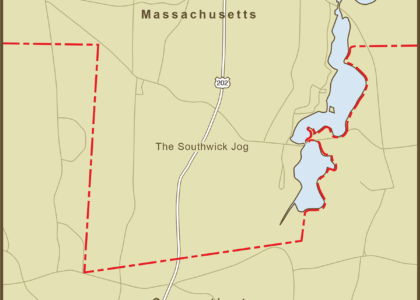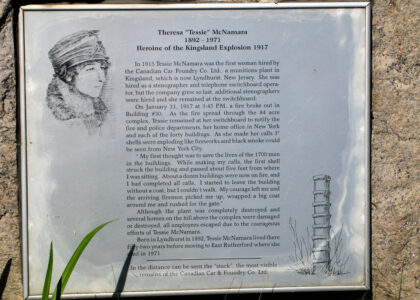Welcome to a journey through time at the site known today as Natchitoches, a land that became part of the United States in 1803 but has a history that stretches back much further. Imagine standing here in the early 18th century, a time when this region was a frontier of empires and the meeting ground of cultures. Originally part of the vast territory known as French Louisiana, this land was claimed by the French explorer René-Robert Cavelier, Sieur de la Salle, in 1682. He declared it for France in the name of King Louis XIV, envisioning a French empire stretching from the Great Lakes to the Gulf of Mexico.
Natchitoches, named after a local Native American tribe, was founded by the French in 1714 as a trading post. It holds the distinction of being the oldest permanent settlement in the Louisiana Purchase territory. This location played a pivotal role in French colonial ambitions, serving as a vital link between the Mississippi River and Spanish Texas. The settlement was established by Louis Juchereau de St. Denis, a trader and explorer whose influence extended across the region.
The history of Natchitoches is marked by the ebb and flow of colonial power. Following France’s defeat in the Seven Years’ War, the eastern part of Louisiana, including Natchitoches, was ceded to the British in 1763, while the western part was given to Spain. However, the French influence remained resilient as the community continued to thrive under Spanish rule. In 1800, through the secret Treaty of San Ildefonso, France briefly regained control of the territory, only to sell it to the United States as part of the Louisiana Purchase in 1803.
Life in early Natchitoches was vibrant and diverse, with French, Spanish, Native American, African, and later American influences mingling to create a unique cultural tapestry. This cultural blend is still evident today in the architecture, cuisine, and traditions of the area.
Notable figures such as St. Denis and his wife, Emanuela Sánchez Navarro, played key roles in shaping the community. St. Denis’s adventurous spirit and diplomatic skills helped establish peaceful relations with local tribes and opened trade routes that were crucial for the colony’s survival and prosperity.
Today, Natchitoches stands as a testament to its rich history, with its well-preserved French Creole architecture and annual celebrations that honor its cultural heritage. Visitors can stroll down the picturesque streets, imagining the bustling trade and vibrant life that characterized the area centuries ago.
As we leave this historic ground, consider the legacy of Natchitoches—a microcosm of the broader historical narratives of colonization, cultural exchange, and the complex tapestry of American history. It serves as a reminder of the enduring impact of those who came before us, shaping the land and its stories that continue to resonate today.






